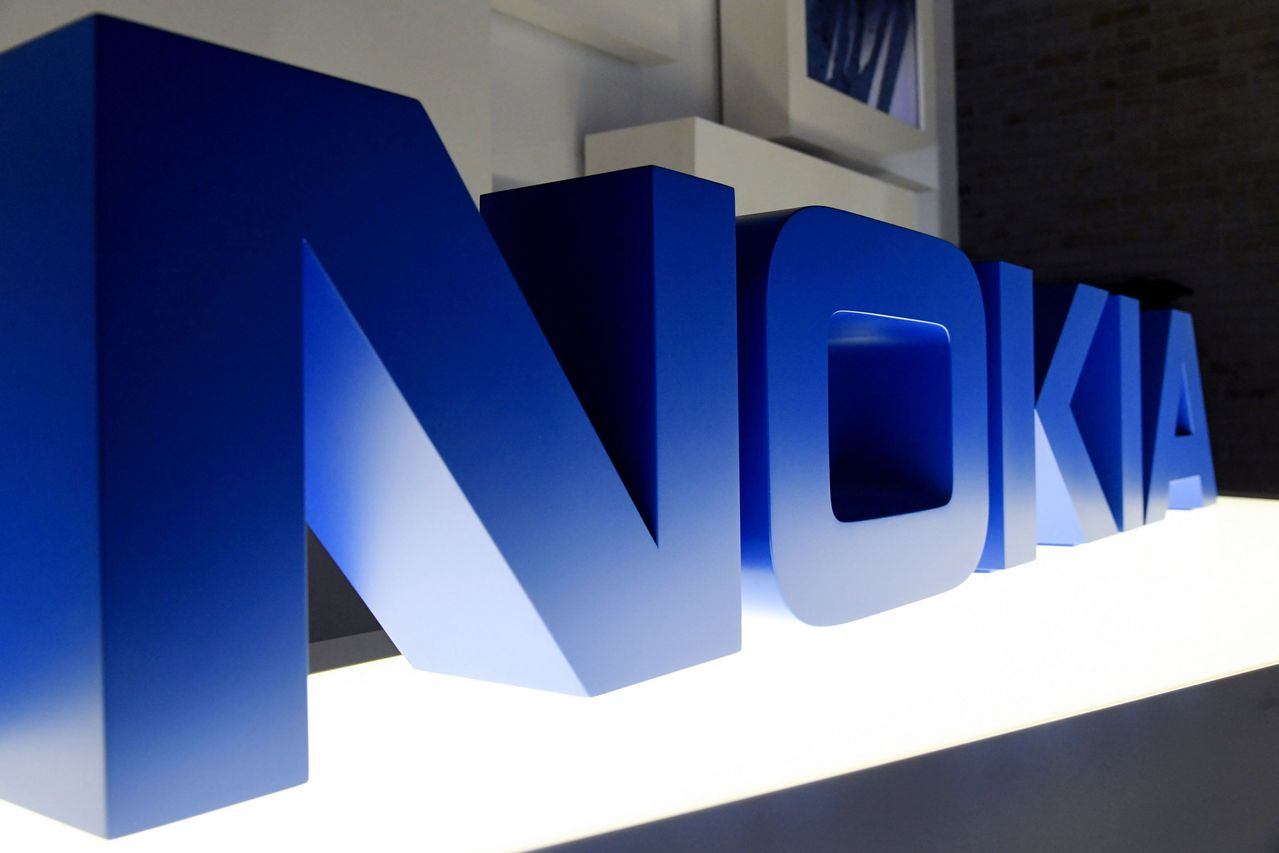Nokia Is Cutting Up To 10,000 Jobs to Boost 5G Investment
The stock, which has been a favourite among retail investors in recent months.
Nokia has unveiled plans to axe up to 10,000 jobs as part of a €600 million cost-cutting program aimed at boosting investment in 5G.
The telecom-equipment maker said resetting its cost base would allow it to invest in research and development and long-term growth areas, including 5G, cloud technologies and digital infrastructure.
The stock, which has been a favourite among retail investors and Reddit users in recent months, edged 0.5% higher in premarket trading, while the Finnish-listed shares rose 0.6% on Tuesday.
The company said it expects to lower its cost base by around €600 million by the end of 2023. As part of the restructuring, Nokia said its global workforce would be reduced from 90,000 to between 80,000 and 85,000 employees over the next two years. The company maintained its 2021 outlook.
The U.S.-listed shares are up 10% year-to-date but that doesn’t tell the whole story. The shares climbed 55% in the space of three days at the end of January, prompting the company to release a statement saying it could not explain the rally. The stock has since retreated 52%.
Aside from the volatility, Nokia’s fourth-quarter earnings were stronger-than-expected, driven by 5G margin expansion. Nokia and its Nordic rival Ericsson have benefited from a number of western countries banning China’s Huawei from 5G networks on national security grounds.
However, the Finnish company said its rate of converting its 4G footprint into 5G in 2020 was affected by shortfalls in China and North America. It also lost out to Samsung on a $6.6 billion deal with Verizon. Revenue is expected to fall for a second consecutive year in 2021, Nokia said, citing market share loss and price erosion in North America.
Looking ahead. When Chief Executive Pekka Lundmark, who took charge in August last year, unveiled a new strategy in October, he promised to do “whatever it takes” to lead in 5G. The company’s restructuring plan is evidence of that. After falling behind, Nokia needs to start picking up market share to challenge the likes of Ericsson and Huawei.
Nokia’s capital markets day on Thursday will be the next major event for investors to closely monitor, as Lundmark sets out his long-term strategy and financial outlook. JPMorgan Cazenove analysts said Nokia was likely to come across as confident of turnaround potential. But they said the company was unlikely to “raise the bar significantly” with mid-to-long-term guidance, leaving upside potential if the turnaround proceeds better than expectations.
They rated the stock ‘neutral’ with a target price of $4.30. “We see no reason to turn bullish ahead of the day as we think the turnaround is going to take time,” they said.
Lundmark’s words again were clear on Tuesday as he said “in those areas where we choose to compete, we will play to win.” Words are one thing, it’s now time for action.
 Copyright 2020, Dow Jones & Company, Inc. All Rights Reserved Worldwide. LEARN MORE
Copyright 2020, Dow Jones & Company, Inc. All Rights Reserved Worldwide. LEARN MORE
This stylish family home combines a classic palette and finishes with a flexible floorplan
Just 55 minutes from Sydney, make this your creative getaway located in the majestic Hawkesbury region.
Continued stagflation and cost of living pressures are causing couples to think twice about starting a family, new data has revealed, with long term impacts expected
Australia is in the midst of a ‘baby recession’ with preliminary estimates showing the number of births in 2023 fell by more than four percent to the lowest level since 2006, according to KPMG. The consultancy firm says this reflects the impact of cost-of-living pressures on the feasibility of younger Australians starting a family.
KPMG estimates that 289,100 babies were born in 2023. This compares to 300,684 babies in 2022 and 309,996 in 2021, according to the Australian Bureau of Statistics (ABS). KPMG urban economist Terry Rawnsley said weak economic growth often leads to a reduced number of births. In 2023, ABS data shows gross domestic product (GDP) fell to 1.5 percent. Despite the population growing by 2.5 percent in 2023, GDP on a per capita basis went into negative territory, down one percent over the 12 months.
“Birth rates provide insight into long-term population growth as well as the current confidence of Australian families,” said Mr Rawnsley. “We haven’t seen such a sharp drop in births in Australia since the period of economic stagflation in the 1970s, which coincided with the initial widespread adoption of the contraceptive pill.”
Mr Rawnsley said many Australian couples delayed starting a family while the pandemic played out in 2020. The number of births fell from 305,832 in 2019 to 294,369 in 2020. Then in 2021, strong employment and vast amounts of stimulus money, along with high household savings due to lockdowns, gave couples better financial means to have a baby. This led to a rebound in births.
However, the re-opening of the global economy in 2022 led to soaring inflation. By the start of 2023, the Australian consumer price index (CPI) had risen to its highest level since 1990 at 7.8 percent per annum. By that stage, the Reserve Bank had already commenced an aggressive rate-hiking strategy to fight inflation and had raised the cash rate every month between May and December 2022.
Five more rate hikes during 2023 put further pressure on couples with mortgages and put the brakes on family formation. “This combination of the pandemic and rapid economic changes explains the spike and subsequent sharp decline in birth rates we have observed over the past four years,” Mr Rawnsley said.
The impact of high costs of living on couples’ decision to have a baby is highlighted in births data for the capital cities. KPMG estimates there were 60,860 births in Sydney in 2023, down 8.6 percent from 2019. There were 56,270 births in Melbourne, down 7.3 percent. In Perth, there were 25,020 births, down 6 percent, while in Brisbane there were 30,250 births, down 4.3 percent. Canberra was the only capital city where there was no fall in the number of births in 2023 compared to 2019.
“CPI growth in Canberra has been slightly subdued compared to that in other major cities, and the economic outlook has remained strong,” Mr Rawnsley said. “This means families have not been hurting as much as those in other capital cities, and in turn, we’ve seen a stabilisation of births in the ACT.”
This stylish family home combines a classic palette and finishes with a flexible floorplan
Just 55 minutes from Sydney, make this your creative getaway located in the majestic Hawkesbury region.






















